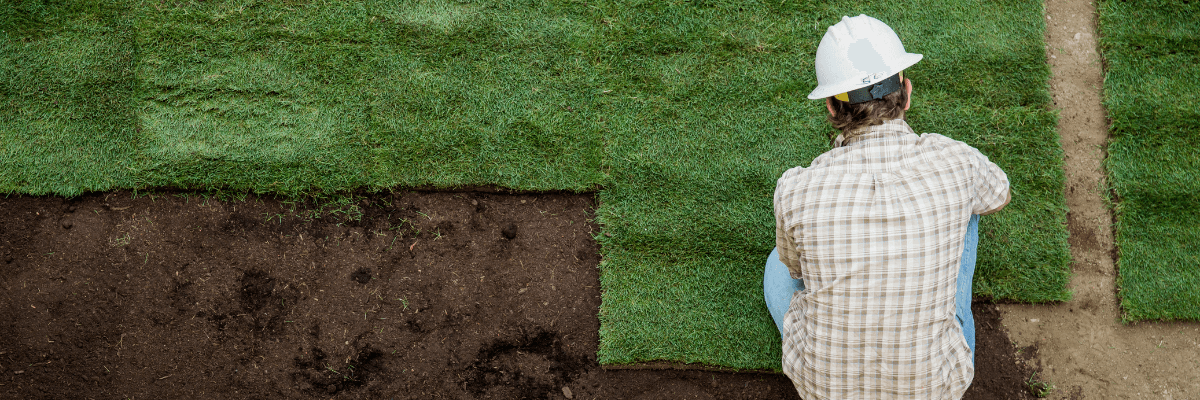
Sustainable Building
Habitat DC-NOVA builds sustainably to take better care of our environment, our homeowners, and our communities. Sustainably built homes go above and beyond existing building code regulations to reduce our environmental footprint, achieve energy efficiency, and improve home durability. Building sustainably doesn’t just help our planet – it also saves Habitat homeowners money by bringing down their energy bills and preventing major or costly repairs down the road.
Our comprehensive approach to sustainable building includes conscious home design, durable and eco-friendly materials, energy-efficient appliances and fixtures, energy alternatives, cutting edge building methods, environmentally sensitive landscaping, and waste management. We’ve built homes to Passive House, LEED, EarthCraft, Enterprise Green Communities, and Energy Star standards.
Our Sustainable Principles
- Choosing energy-efficient and sustainable home insulation, windows, appliances, water and lighting fixtures, water heaters, and furnaces when possible.
- Implementing a compact home design that minimizes the house’s footprint on its local environment and is situated in a location connected to the surrounding community via public transportation, bike paths, and parks.
- Using recycled and environmentally friendly materials when possible.
- Reducing landfall dumping by recycling a majority of construction waste.
- Improved framing and insulation techniques to create a tight house envelope for greater energy efficiency.
- Implementing stormwater runoff prevention and low impact landscape designs through the use of native plants and trees.
- Indoor air quality enhancements, including use of low-VOC caulks, sealants, flooring, and interior paint.
- Adding outside air ventilators to the HVAC system to cycle fresh air into the home.
- Outfitting homes with the infrastructure to install solar energy panels.
Awards & Recognition
2021 Viridiant Top High-Performance EarthCraft Home of the Year
Habitat DC-NOVA (then Habitat NOVA) received the 2021 Top High-Performance EarthCraft Home of the Year for our home located on Donor Drive. This home was accorded EarthCraft Gold and ENERGY STAR certification. With this home we achieved the lowest Home Energy Rating System index (the industry standard by which a home’s energy efficiency is measured) across EarthCraft certified homes in 2020, with a rating of 42. A high efficiency HVAC system, LED lights, and WaterSense fixtures all added to the efficiency of the home. Additionally, a modest photovoltaic (PV) system for solar power was added to the home to further decrease utility costs for the homeowner.
2017 Viridiant Top Ten High-Performance Homes Winner
Habitat DC-NOVA (then Habitat NOVA) was honored at Viridiant’s Sustainable Leadership Awards as a Top Ten High Performance Homes Winner. Viridiant’s annual awards recognize the region’s premiere developers, builders, architects, government officials, and other industry professionals for their work in advancing the benefits of sustainable building through the EarthCraft family of green building programs.
Habitat NOVA was recognized for its transformation of a dilapidated 19,670 square foot property, located on Clayborne Avenue in the Lee District of Fairfax County, into two new detached, single-family homes constructed to EarthCraft Gold standards.
2011 Solar Decathlon Affordability Winner
Habitat DC-NOVA (then DC Habitat) partnered with DC government and a team of students from Parsons The New School for Design, Milano School of International Affairs, Management and Urban Policy at The New School, and Stevens Institute for Technology to build the Empowerhouse – the first of its kind completely passive-energy house in the District. The Solar Decathlon is a biannual, international competition that challenges 20 collegiate teams to design, build, and operate solar-powered houses which are displayed on the National Mall.
The Empowerhouse took first place in the Solar Decathlon’s Affordability category for its innovative use of community partnerships and ‘net-zero’ design requiring 90 percent less energy for its heating and cooling than a typical American home. The home was sold to local family through Habitat’s affordable homeownership program.

